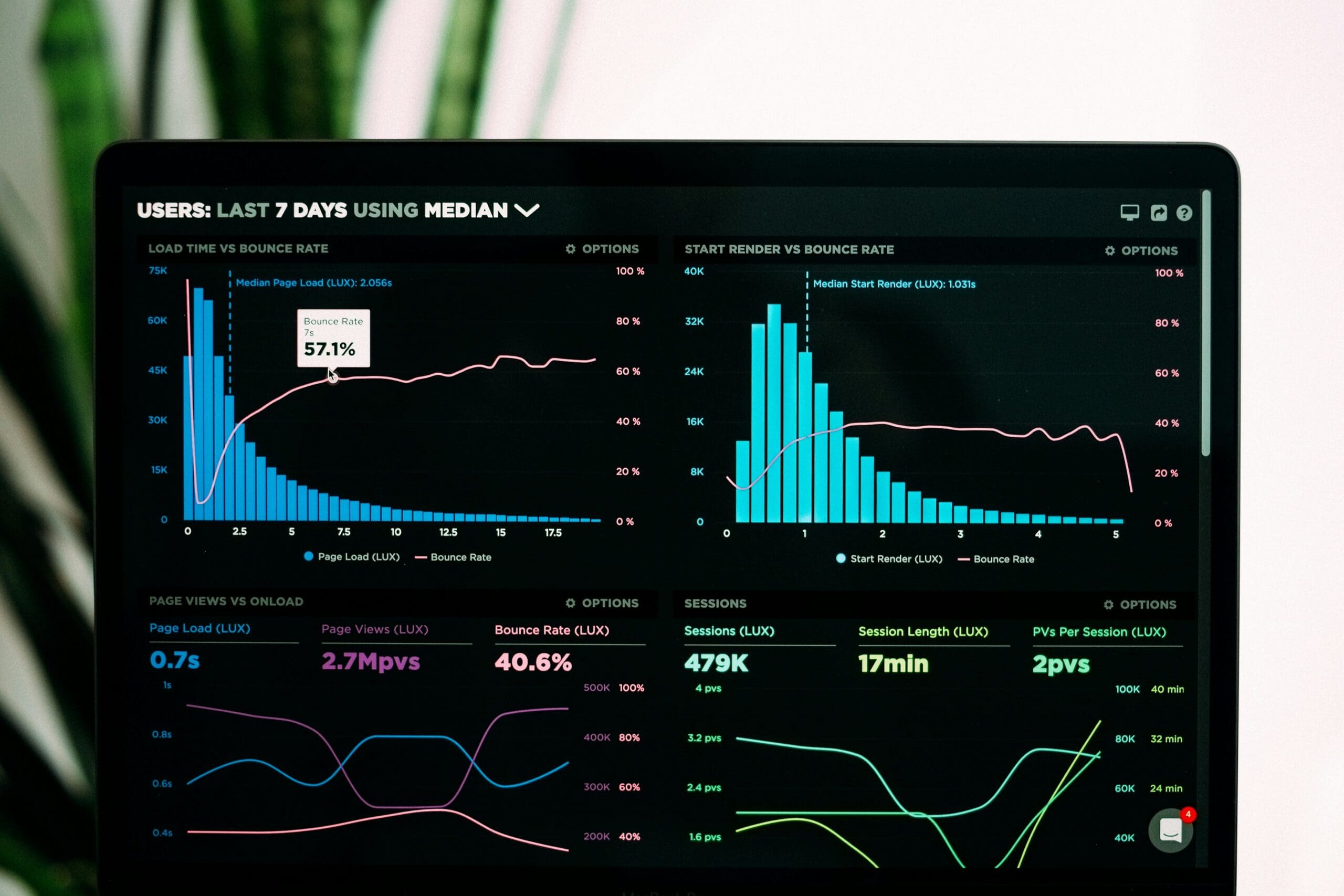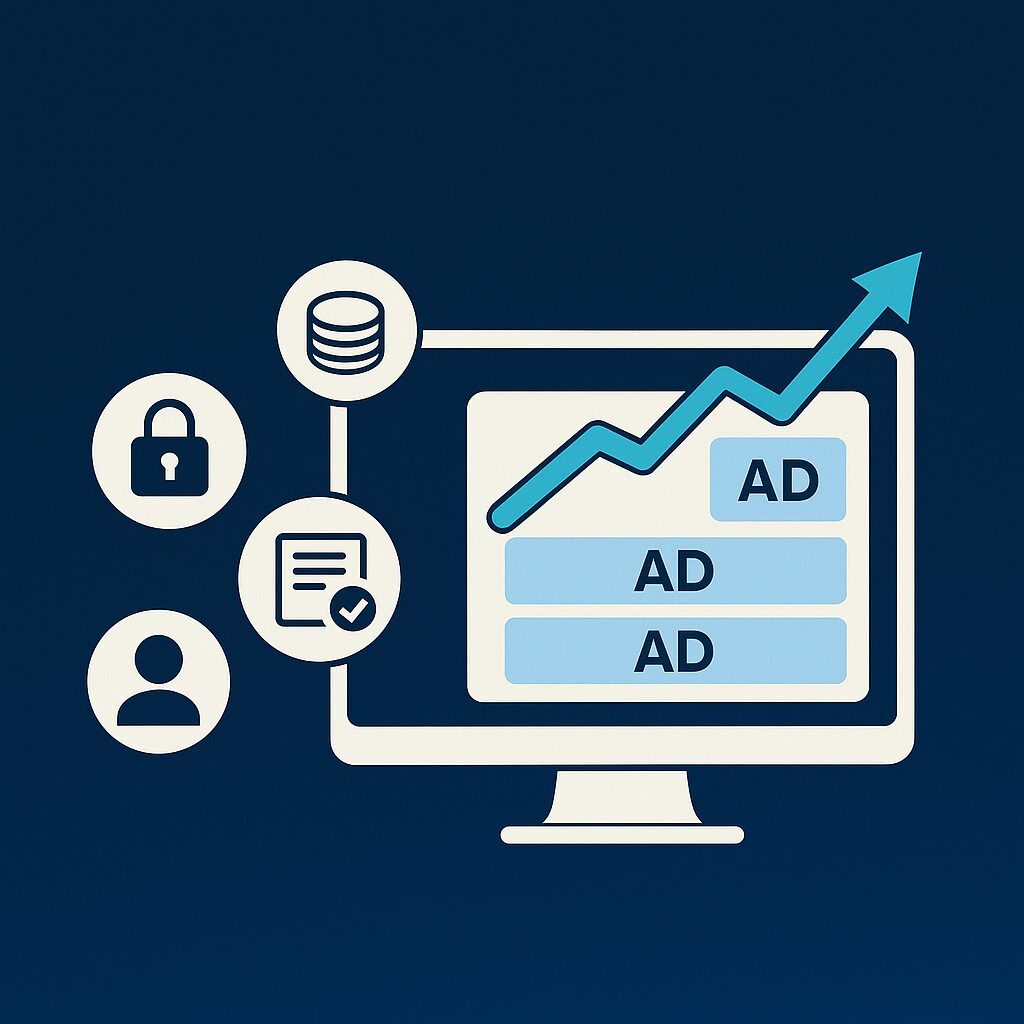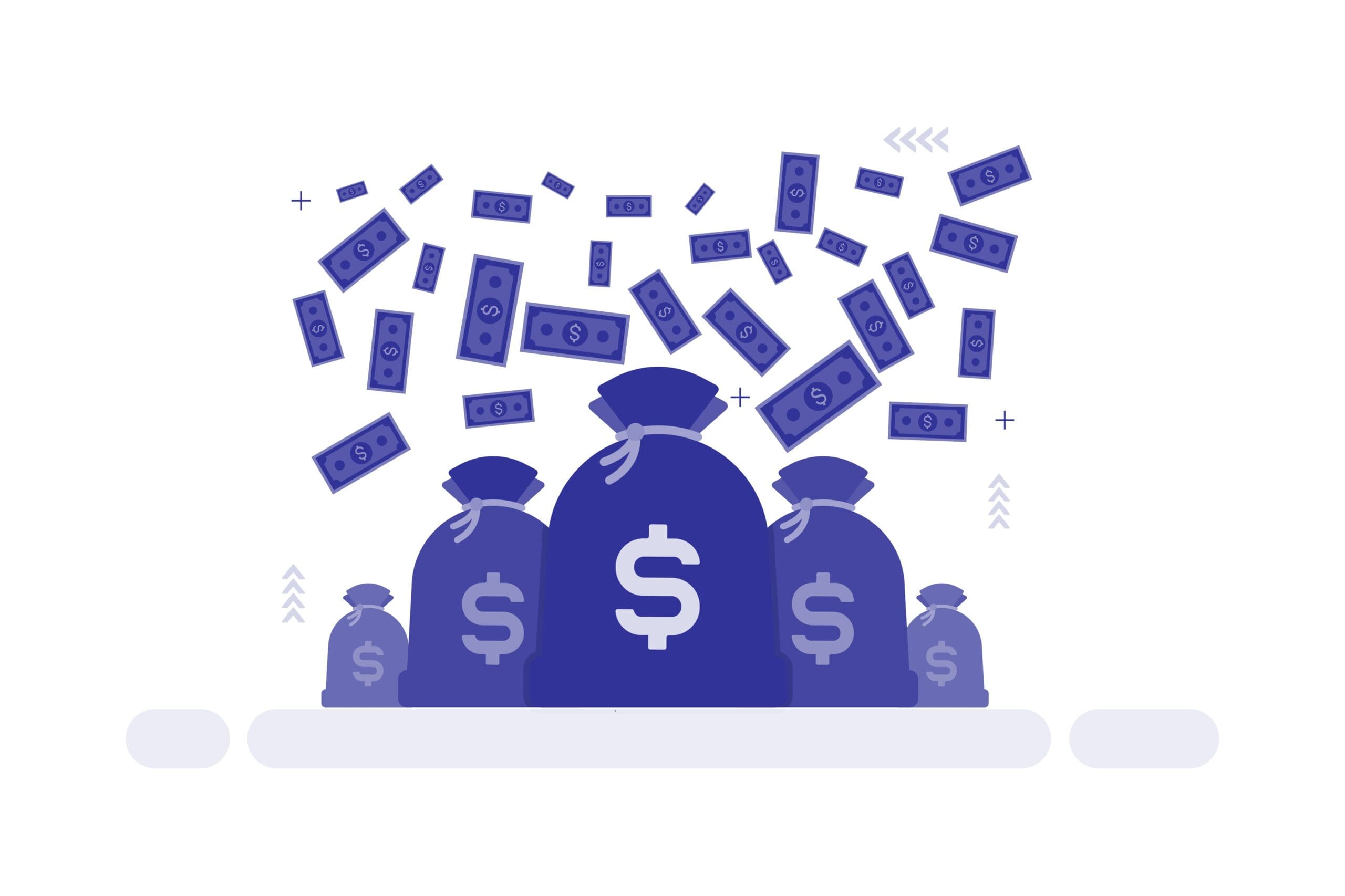Introduction: Why Revenue Per Session?
Understanding Revenue Per Session (RPS) is essential for publishers in order to maximize revenue. This metric, derived from the fusion of conversion rates, average revenue per visitor, and customer acquisition percentages, offers publishers invaluable insights to supercharge their revenue streams. In this digital age, comprehending and harnessing the power of RPS is not just an advantage—it’s a strategic imperative.
Unlocking the RPS Formula
RPS refers to the revenue generated per session on a digital publishing platform. A session represents a single visit or interaction with a website or app. It’s a simple yet potent equation: divide the total revenue accrued over a specific timeframe by the total number of user sessions during that same period. The formula is as follows:
Revenue Per Session = Total Revenue / Total User Sessions
For instance, if your website generated $10,000 in revenue during November, with a total of 5,000 user sessions, the RPS would be $2. This tells us that, on average, each user session in November contributed $2 in revenue.
Why Publishers Must Embrace RPS
- Data-Driven Decision-Making: RPS provides publishers with data-driven insights that empower them to make informed decisions. It unveils performance issues, highlighting areas in need of improvement, whether it’s optimizing ad placements or refining content strategies.
- Strategic Optimization: Armed with RPS data, publishers can fine-tune their sales funnels, implement personalized content recommendations, and adjust marketing strategies to maximize RPS. This metric helps publishers channel their efforts into strategies with a direct impact on revenue growth.
- Holistic Performance Tracking: RPS offers a comprehensive overview of a website’s performance over time. By analyzing this metric, publishers can measure the effectiveness of their strategies, monitor progress toward revenue targets, and course-correct as needed.
- CPM Uplifts: RPS is a metric that drives CPMs. As RPS increases, publishers attract more demand from advertisers, leading to increased competition and, subsequently, higher CPMs.
Enhanced Sales Funnel Performance
RPS isn’t just another metric; it’s the secret sauce to understanding your sales funnel performance. It’s the tool publishers need to decode the customer journey, from landing on your site to completing a transaction. With RPS, you can pinpoint bottlenecks and areas where users abandon their journeys. Armed with this knowledge, you can implement strategic changes to improve conversions, from enhancing product recommendations to streamlining the checkout process.
Increased Visitor Engagement and Conversions
RPS isn’t just about numbers; it’s about the user experience. By leveraging RPS insights, publishers can enhance visitor engagement and drive conversions. It’s the key to identifying the most effective marketing strategies and aligning them with visitor preferences, fostering loyalty and trust.
More Accurate Forecasting and Budgeting:
Precise forecasting and budgeting underpin successful monetization strategies. RPS empowers publishers to anticipate revenue accurately, identify potential issues early, and adjust strategies proactively. By using RPS as a guiding metric, publishers can set realistic goals and allocate resources effectively, ensuring every dollar spent counts.
Strategies for Maximizing RPS:
To boost RPS, publishers can deploy a range of strategies tailored to their audience and niche. Analyzing and optimizing the sales funnel is a game-changer. By understanding where users drop off and making necessary improvements, publishers can increase conversions. Encouraging higher average order values through upselling, cross-selling, and incentives like free shipping on larger orders can also elevate RPS. Lastly, investing in a superior user experience—responsive customer service, prompt responses, and an intuitive website—can significantly enhance engagement and, in turn, RPS.
Why publishers need to know the importance of RPS
Publishers need to understand the importance of revenue per session (RPS) to effectively evaluate their monetization strategies and identify areas for improvement.
RPS goes beyond simply measuring the value of individual ad units and offers a more comprehensive view of website earnings. By calculating the revenue generated per session, publishers can assess the overall effectiveness of their monetization strategy.
This metric helps them understand how much revenue is being generated from each visitor interaction on their website. By analyzing RPS, publishers can identify which areas of their website are performing well and which ones need improvement.
RPS allows publishers to measure the overall monetization performance of their website, taking into account factors such as ad placements, ad sizes, and ad formats. By comparing RPS over time, publishers can also track the effectiveness of any changes or optimizations made to their website.
Publishers should also consider measuring RPS separately for desktop and mobile versions of their site. As the user behavior and experience differ between these platforms, analyzing RPS separately for each can provide valuable insights. It helps publishers identify any disparities in revenue generation between platforms and make data-driven decisions to optimize their monetization strategy accordingly.
Conclusion: RPS Drives Revenue Optimization
RPS is the compass that guides publishers toward revenue optimization. It’s the tool that transforms data into actionable insights, propelling publishers to new heights. To thrive and succeed, publishers must embrace RPS as their North Star, illuminating the path to digital prosperity. It’s essential to understand all the metrics that affect your revenue but with RPS as your guide, the sky’s the limit.













